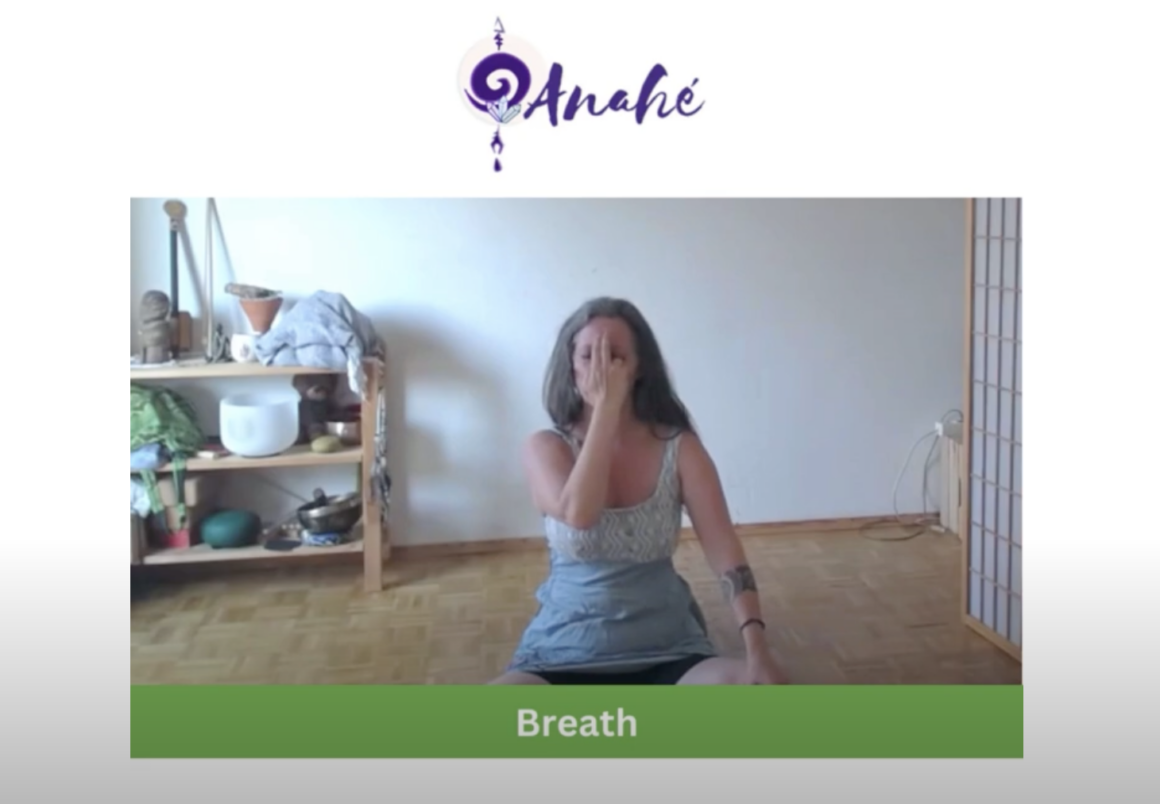Pranayama for Well-being ” Balancing Body, Mind, Spirit”
Pranayama and Ayurvedic Self-Care
Explore how pranayama (breathing techniques) practices can harmonize physical health, mental clarity, and spiritual growth. Discuss personalized self-care routines based on Ayurvedic body types (doshas) and pranayama that support overall balance and vitality.
What is Prana?
Prana is a Sanskrit term that translates to “life force” or “vital energy.” It is a fundamental concept in yoga, Ayurveda, and other Indian spiritual traditions. Prana is believed to be the vital energy that permeates the universe and sustains all forms of life. The word prana is often associated with breath. Breathing is one of the primary ways to harness and regulate prana within the body. Prana is not just physical breath but a subtle form of energy that flows through the body’s energy channels.
The meaning of Pranayama
Pranayama means “control of prana.” It refers to a variety of breath control techniques designed to regulate and enhance the flow of prana in the body. This practice is a crucial aspect of yoga and is believed to improve physical, mental, and spiritual health.
Benefits of Pranayama
Physical Wellness
Pranayama improves respiratory function and helps in maintaining a healthy metabolism.
Mental Clarity
Regular pranayama practice calms the mind, reduces stress, and promotes mental focus. It can alleviate anxiety, improve concentration, and enhance overall mental well-being.
Spiritual Growth
Pranayama connects breath with the life force (prana), facilitating a deeper sense of spiritual awareness. It enhances meditation practices and supports inner peace and harmony.
Basic Pranayama Techniques
- Nadi Shodhana (Alternate Nostril Breathing)
- Balances the nervous system.
- Harmonizes the left and right hemispheres of the brain.
- Ujjayi (Victorious Breath)
- Enhances lung capacity and improves oxygenation.
- Calms the mind and body.
- Yogic Breath (Three-Part Breath)
- Engages the diaphragm, rib cage, and upper chest.
- Promotes full and deep breathing.
- Suitable for all doshas.
How do you feel after practicing pranayama?
How can you integrate these practices into your daily life to maintain balance and vitality?
Do you know any other breathing technique you wish to share ?
Integrating Pranayama and Ayurveda:
In Ayurveda we will suggest to integrate Pranayama practice into your daily routine and adapt it to your body and doshas. Here is a few suggestion of breathing techniqe and how it support each doshas. Before you practice breathing technique it is important to consult with a qualified Yoga instructor.
- Vata Dosha:
- Yogic Breath (Three-Part Breath): Engages the diaphragm fully and promotes deep breathing, grounding and stabilizing for Vata dosha. Helps calm the nervous system and reduce anxiety.
- Contraindications: No specific contraindications for these practices unless discomfort is experienced during practice.
- Pitta Dosha:
- Sheetali or Shitali (Cooling Breath): Involves inhaling through a rolled tongue or over the teeth, cooling the body and balancing the heat of Pitta dosha. Reduces body temperature, soothes inflammation, and calms the mind.
- Contraindications: Practice with caution if you have low digestive fire (agni), low blood pressure, or respiratory conditions like asthma.
- Kapha Dosha:
- Kapalabhati (Skull Shining Breath): Stimulates metabolism, clears congestion, and invigorates the body, beneficial for balancing the cold and sluggish qualities of Kapha dosha.
- Contraindications: Avoid if you have hypertension, heart disease, epilepsy, hernia, gastric ulcers, or during pregnancy due to its stimulating nature.


Leave a Reply